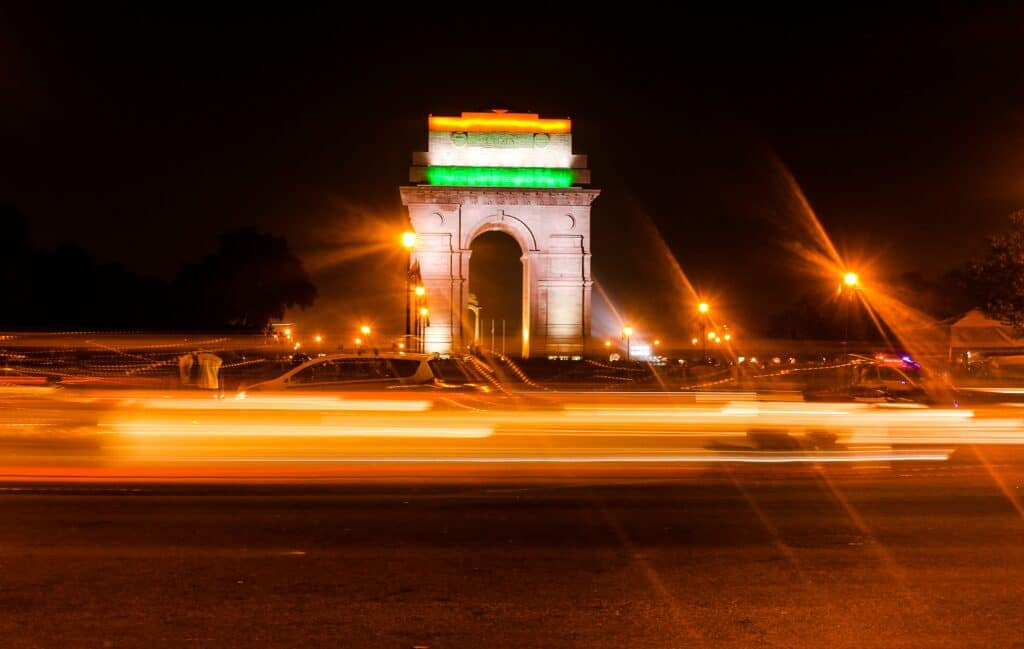India’s Green Hydrogen Mission: Look before you leap
Indian Finance Minister presented the Union Budget 2023-2024, with ‘Green Growth’ as one of its seven main priorities
Indian Finance Minister Nirmala Sitharaman presented the Union Budget 2023-2024, with ‘Green Growth’ as one of its seven main priorities, supporting the LIFE (Lifestyle for Environment) vision of Prime Minister Narendra Modi. A key component within this year’s Green Growth budget was the allocation of ₹297 crore in support of the National Green Hydrogen Mission. The Green Hydrogen Mission outlays ₹19,744 crore ($2.3 billion) over the next 5 years, with the aim of producing 5 MMT (Million Metric Tonne) per annum and with an associated renewable energy capacity addition of about 125 GW (Giga Watt) by 2030. While the Green Hydrogen dream seems appealing, critical challenges must be examined to help design appropriate pathways to realize this vision.
Hydrogen is produced through water electrolysis, something most of us would have learnt in our science textbooks in school. When the electricity used in the water electrolysis is produced from renewables, it is termed as Green Hydrogen. It can also be produced through biothermal and biochemical conversion of biomass if the process is conducted in line with sustainability requirements.
Sustainability experts have ascribed an entire colour spectrum to Hydrogen – Green, Blue, Grey, Black, and Brown depending on their ability to totally avoid or capture the greenhouse gases produced in the process of making Hydrogen. However, our focus is on Green Hydrogen as it has the potential to maximize decarbonization of the energy sector and the use of energy in end-use sectors such as transport, buildings and industry. While the stated benefits of the National Mission are galore – savings to the tune of $12.5 billion from fuel imports, averting 50 Million Metric Tons (MMTs) of annual emissions of Carbon dioxide, fresh investments to the tune of $100 billion, and 600,000 green jobs, there are several challenges too. The challenges to produce and use Green Hydrogen can be classified into 4 Es – Electrolyser, Energy Source, End Use, and Endogenous Resources we will delve into each one of them in this article.
Electrolyser challenge
According to IEA (International Energy Agency), as of 2021 the global manufacturing capacity of electrolysers stands at 8 GW/year. So, if India were to achieve its 2030 target, it would need anywhere from 60-100 GW of electrolyser capacity, which means almost 12 times the current global production capacity. India currently has only launched projects to manufacture electrolysers but the actual numbers as of today are negligible. Also access to critical minerals such as Nickel, Platinum Group Metals and rare earth metals such as Lanthanum, Yttrium and Zirconium could hinder scaling up electrolyser manufacturing capability in India. These resources are concentrated in countries such as China, Democratic Republic of Congo (DRC), Australia, Indonesia, South Africa, Chile and Peru. India also has limited processing capabilities in these minerals. This challenge would entail India setting up large scale manufacturing, building expertise and securing geo-political partnerships for procurement of critical minerals, and improving overall technical and economic viability of electrolysers year over year while competing with other global players.
Energy Source Challenge
As per current estimates a completely efficient electrolysis system would require 39 kWh of electricity to produce 1 kg of hydrogen. This is however a laboratory tested figure and a typical operational figure is about 48 kWh per kg of hydrogen. Green Hydrogen requires renewable energy as a source of electricity. India currently estimates a capacity of 125 GW of renewable energy to meet its green hydrogen 2030 targets, which would be in addition to the already proposed targets of 500 GW renewables energy capacity. So far India has only achieved 119 GW of the 175 GW targeted capacity using Solar, Wind, Bio-power and Small Hydro. In addition to the generation capacity, the transmission capacity that includes a smooth facilitation of cross-border exchange of power between states is a critical requirement. Overall, this challenge would require India to add efficiently and economically close to 100 GW of overall renewable energy capacity per year over the next 7 years and make available dispatch corridors and mechanisms.
End Use Challenge
Currently, most of the demand for hydrogen comes from the chemical industry to produce ammonia for fertilizers, followed by refining for hydrocracking and the desulphurization of fuels. It can be a source of heat for industry, especially in hard to abate and electrify sectors such as steel, cement and aluminum production. In the transport sector, it can be used as fuel for heavy duty vehicles, aviation and shipping. The conversion efficiency from one form of energy carrier to another in the end use application will determine the scale of Green Hydrogen’s applicability. For instance, where electricity can directly serve the purpose, having alternative energy carriers for the same use case would not make technical or economic sense. Hydrogen is a highly combustible and volatile element and its potency in other forms such as ammonia or methanol is only relatively reduced. If one were to look at green hydrogen being produced and stored in different forms for later use, it is critical to establish safety standards for storage and transportation, adding to the cost of hydrogen as a fuel.
Endogenous Resources Challenge
It has been estimated that the production of 1 kg of hydrogen by electrolysis requires around 9 liters of water. Moreover, in the case of India, an independent assessment suggests a requirement of ~50 billion liters of demineralized water supply. As several parts of India are already severely water-stressed, solutions need to be found to cater to this additional water demand. While desalination has been suggested, this will not only increase the physical footprint of the required infrastructure but also potentially add to the competition for land use, impact biodiversity and create challenges and limitations in the location of electrolysers. This challenge would require the proposed green hydrogen hubs to strike a fine balance between being renewable energy-rich, water resource-rich, and being close to hydrogen demand (end-use) centers for them to be economically feasible while keeping the additional costs minimum.
In 2020 the world produced around 90MMT of hydrogen and International Renewable Energy Agency (IRENA) estimates that hydrogen and its derivatives will account for 12% of global final energy consumption by 2050 (IEA estimate 530MMT), with two-thirds coming from green hydrogen. Currently, the global levelized cost of producing green hydrogen ranges between INR 250-650/kg ($ 3-8/kg) while India aims to produce green hydrogen in the range of INR 100-150 /kg ($ 1-2/kg) by 2030. This would mean India will have to address all the challenges listed above as well as coordinate across multiple institutional bodies both public and private in record time. This is undoubtedly a steep uphill task but a moon-shot worth undertaking for India!
Swetha Ravi Kumar and Parul Bakshi are from FSR Global, a division of the Florence School of Regulation based out of New Delhi, India. A version of this article was first published in the Indian Express on 10 February 2023.







